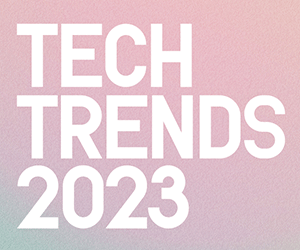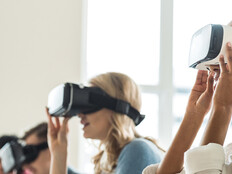The use of this technology can extend beyond the sciences, Hoffman says. In the humanities, for example, users can study ancient texts or art in virtual environments for an immersive experience.
“People want to use visualizations both to present and to explore,” he says. “One of the neat things about the XR technologies is they tend to end up blending those different kinds of modalities, so we see researchers who are using XR technologies in their research, but they also are very much engaged in using that as a teaching tool and developing very experiential learning opportunities with their students.”
How Is Immersive Technology Being Used at UC Berkeley?
At UC Berkeley, faculty members are blending teaching, learning and research with XR technologies in a few different ways, Hoffman says.
One example is happening in architecture classes in the school’s College of Environmental Design. Traditionally, students would build models of a building or a space, and their peers would gather around and critique their work. In a remote environment, this is harder to do. Architecture professor Luisa Caldas developed an XR solution that lets students to create models in virtual environments and allows their peers to truly experience them.
“They developed a virtual environment that right now is computer-based, but it allows people to go remotely into a virtual model of their building,” he says. “They can then navigate through the building or go into a classroom, and then they go into their design studio and they can import their 3D models that they’ve developed into the virtual classroom.”
From there, the experience is similar to an in-person experience: Students gather around and look at each other’s models, but they can also go inside the models to for a deeper discussion. The next step for this technology is to move the experience into a VR headset with the same range of tasks that exist on the computer screen.
Elsewhere at UC Berkeley, associate professor of Egyptology Rita Lucarelli is using VR technology to study hieroglyphics. Thanks to a grant awarded before the pandemic, her team built a VR experience that takes the user through an immersive tour of Egyptian burial sites.
“You start above the landscape, looking down at the different burial sites,” Hoffman says. “Then, you can descend underground to one of these burial tombs and enter a crypt where you can actually see a sarcophagus. You can use your controller to see the hieroglyphics, and if you select a section of hieroglyphics, it will bring up the English translation.”
The team is working to obtain a grant from the National Endowment for the Humanities to further develop this technology. Plans include working with a team in Egypt to create 3D models of the walls, which also are covered in hieroglyphics.
Click the banner below to learn more about our exclusive Insider program.













